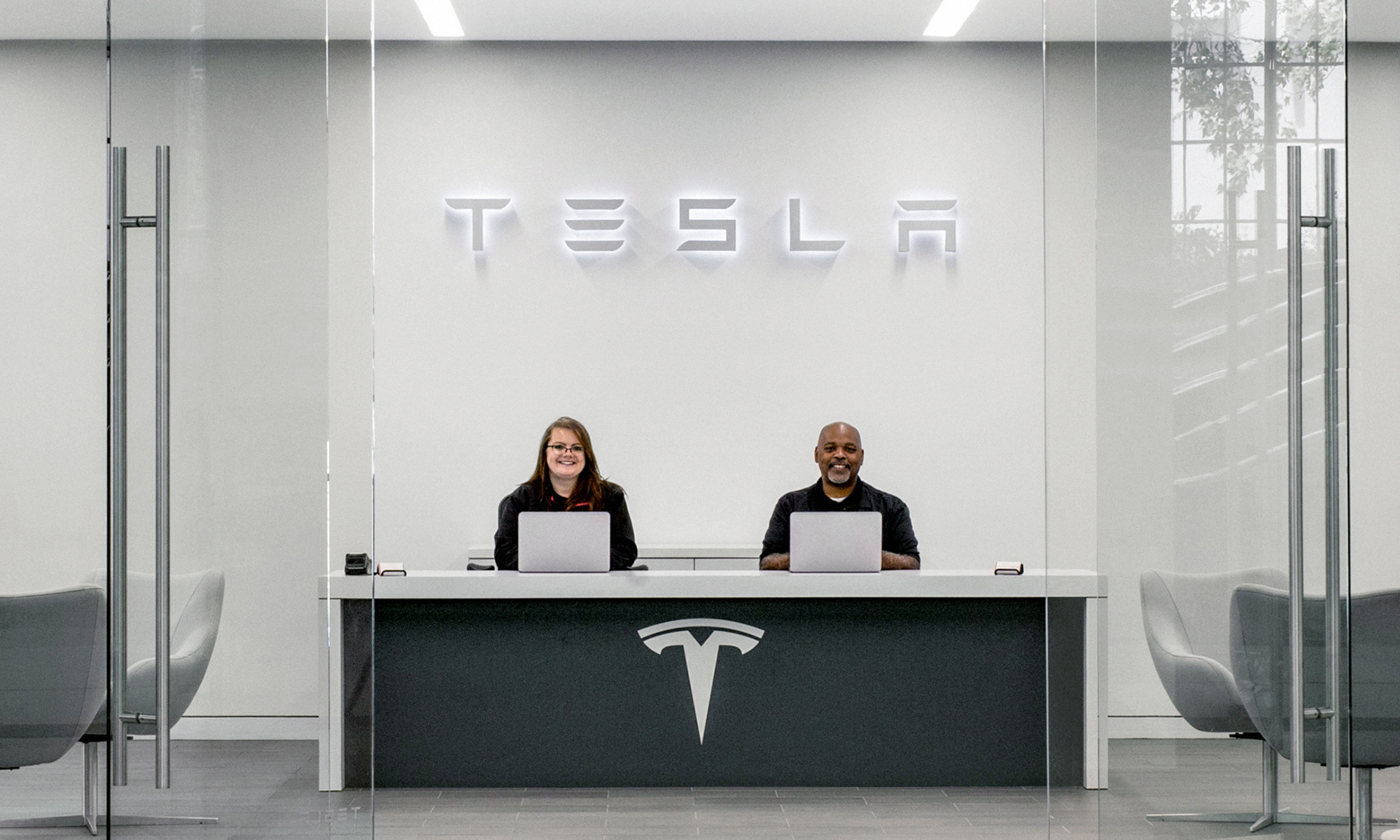
Tesla (TSLA +3.79%) is ramping up production much faster than the company anticipated, based on data from a user in Tesla's forum, who goes by Craig Froehle, who is tracking VIN assignments. One analyst, basing his projections solely on Froehle's VIN assignment rates, has even estimated that Tesla will nearly double its Q3 guidance for vehicle sales. Assuming Froehle's data and methods are accurate, Tesla could, indeed, be on pace to obliterate its guidance for the full year of 2013. But is this data truly useful?
Speculation
For several reasons, Froehle's data should be considered nothing more than speculation, not fact.
- Model S owners receive VIN assignments before delivery -- sometimes months before.
- VIN assignments are not verified. They're provided via voluntary sharing on Tesla's forum.
- VIN assignments aren't always sequential -- at least not according to the customer information in the forum. As Froehle points out, the VIN ending in 24298 was issued on Sept. 23, yet VIN 23751 was issued on Sept. 24.
- There are two recent gaps that exceed 200 VIN assignments: 23549 through 23751 (202 missing VINs) and 23880 through 24099 (219 missing VINs). Though this could be a result of randomness in sampling, it could also imply Tesla purposefully skips batches of VIN assignment numbers.
Even the keeper of VINs himself acknowledges their dubious usefulness in estimating production. "At best," says Froehle, VIN assignment rates are "a noisy leading indicator of production. So, take these numbers with a grain of salt ... no, a whole salt lick."
But what if they are truly accurate and sequential?
If that's the case, then Tesla is on pace for an outstanding 2013. Based on a two-month average as of Oct. 13, Tesla's weekly assignment rate of VINs is 712 -- up significantly from its rate that approached 500 cars per week when the company reported its second-quarter earnings.
Since deliveries often occur one to two months after VIN assignments, it's difficult to tell what kind of an impact VIN assignment rates may have on a particular quarter. But if VIN assignment rates are a decent indicator of production, Tesla could be producing vehicles at a rate of about 8,500 per quarter. If this is true, it will likely have no trouble surpassing its full-year guidance to deliver 21,000 vehicles worldwide by year's end. Already, Tesla has delivered a combined 10,050 vehicles. For the third quarter, Tesla guided for slightly above 5,000 vehicles. This would imply Tesla only needs to produce about 5,500 cars in the fourth quarter to meet guidance. Perhaps Tesla has solved some of the bottlenecks management referred to in its second-quarter earnings call sooner than the company anticipated.
Does it matter?
Even if these VIN assignments were a decent leading indicator of production, it doesn't mean that Tesla is a buy just because it will likely handily beat guidance. Though short-term supply can provide a boost to short-term sales if bottlenecks are worked out, bigger questions loom for long-term investors. Will Tesla be able to ramp up production significantly enough to produce its affordable car several years down road? Will the demand be sufficient for a mass-market, lower-priced car? With euphoric expectations already priced into the stock, these are the questions that concern long-term Tesla shareholders.






